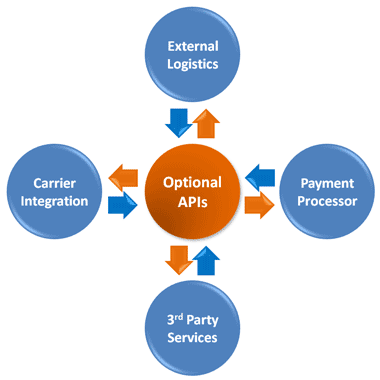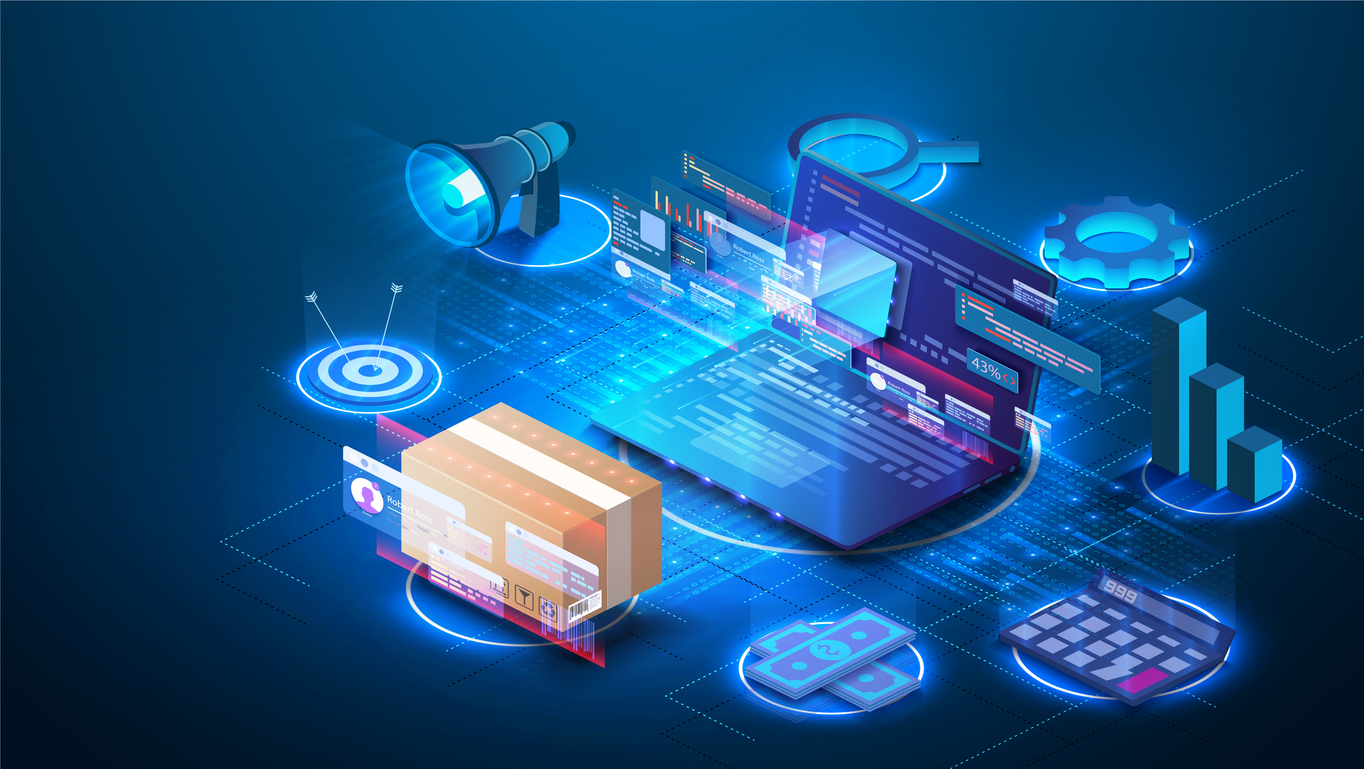In today’s fast moving retail world, inefficient systems hold you back. The risk: delayed shipments, frustrated customers, and rising costs. According to the National Retail Federation (NRF), online and other non store sales are forecast to rise 7 %–9 % in 2025, as part of overall retail reaching up to $5.48 trillion. That means your e commerce operations must run razor sharp. One often overlooked area? Shipping API Integration—the link between orders and delivery.
If you’re thinking: “Has a lack of proper integration got me down?” you’re not alone. At EcomDrive (for eCommerce businesses for retailers), we specialize in working with your third party systems to ensure seamless integration. Let’s break down how smart Shipping API Integration unlocks next level logistics efficiency.
Why Third Party Integrations Matter in Logistics

Third party applications are no longer optional—they’re integral to a complete eCommerce business. At the heart of this is logistics, encompassing carriers, warehouses, distribution, and payments. Here’s why:
- Carrier companies such as FedEx, UPS, United States Postal Service (USPS), and others handle critical links in your delivery chain.
- Through Shipping API Integration, you can marry carrier services to your order‑management system, enabling fast shipping, automated tracking updates, and fewer manual touchpoints.
- If you rely on a third‑party warehouse or distribution center (DC) because you don’t yet have your own—or by design—you’ll still need a robust interface. Integration must be tailored so that no efficiency is lost.
- Your eCommerce model may demand unique service providers (back‑office payment processors, niche carriers, international fulfilment). A flexible integration strategy means you’re covered for today et tomorrow.
à ecomDrive, our ability to work with and interface with various software and services is a differentiator. You get the integration and the adaptability.
What Shipping API Integration Looks Like
Here’s how high‑performing Shipping API Integration typically unfolds:
1. Carrier Interface
You implement APIs from carriers like FedEx, UPS, and DHL (for international shipping). These APIs enable:
- Real‑time rate retrieval
- Shipping‑label generation
- Tracking updates fed back into your system
2. Warehouse / Distribution Provider Interface
If you use a 3rd‑party DC or distribution hub:
- Connect via API to sync inventory, inbound/outbound shipments, and fulfilment statuses.
- Maintain unified data across order management and fulfilment workflows.
3. Back‑Office & Payment Integration
Beyond shipping, you may need APIs for:
- traitement des paiements
- Tax/ duty calculation
- Gestion des retours
4. Unified Order‑Management Integration
All the above should tie back into your core order‑management system. The objective: one cohesive ecosystem where orders flow seamlessly—from checkout, to fulfilment, to shipment tracking, and to delivery.
Key Benefits for eCommerce and Logistics
When you implement Shipping API Integration well, you gain:
- Operational efficiency: Fewer manual data entries, fewer errors, faster turnarounds.
- Improved customer experience: Accurate shipping times, tracking information, and fewer delays.
- Évolutivité: As you grow (new markets, new carriers, new warehouses), you’re ready.
- Cost reduction: Lower shipping errors, optimized carrier selection, better inventory flow.
- Strategic agility: Able to adapt to new business models without reengineering everything.
Implementation Tips & les meilleures pratiques
Here are practical steps to ensure success:
- Audit your current state: Map out all third‑party systems (carriers, DCs, payment processors) and identify gaps.
- Prioritize APIs: Start with your major carriers (FedEx, UPS, USPS, Canada Post, Purolator). Then layer in warehouses, payment back-end, etc.
- Define data flows: What information needs to travel between systems? (e.g., orders → carrier, tracking → order‑system, inventory → DC).
- Use standards and documentation: Carrier APIs often have established specs—leverage them for faster integration.
- Tailor where needed: Your business model might require custom interfaces. Flexibility matters.
- Test extensively: Simulate end‑to‑end flows before going live. Monitor for data mismatches or delays.
- moniteur & Optimiser: Use analytics to track carrier performance, fulfilment speed, error rates—and refine your setup.
Why EcomDrive Is Your Partner for Integration
At EcomDrive, we offer a highly adaptable Logiciel de commerce électronique solution. We don’t just provide software—we work with your existing third party providers to build the right integrations. Whether it’s FedEx, UPS, DHL, Canada Post, Purolator, a third-party DC, or a back-office payment system—we tailor the connection so that none of your efficiency is lost.
Ready to Unlock Seamless Shipping API Integration?
Feel stuck with fragmented systems or slow fulfilment? Let’s fix it together.
Request a demo of EcomDrive today and see how we connect carriers, warehouses, payments, and your order management into one streamlined, efficient ecosystem.
Book your EcomDrive demo now – Let’s build your integration roadmap and get you shipping smarter.

